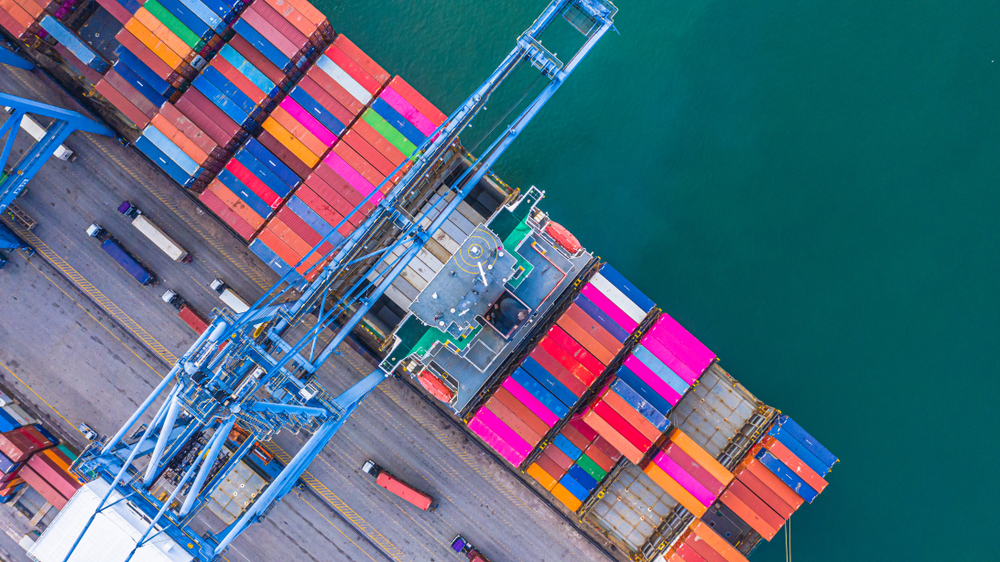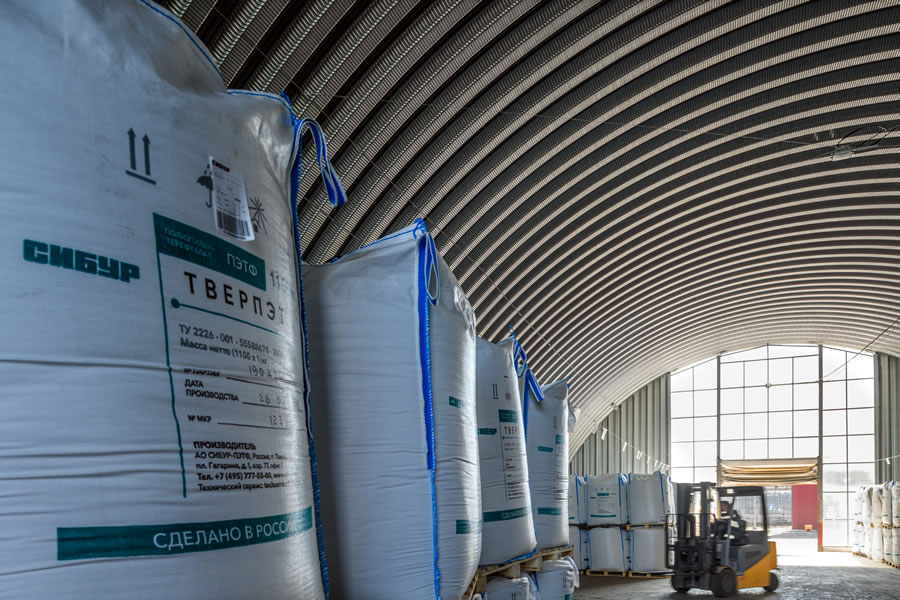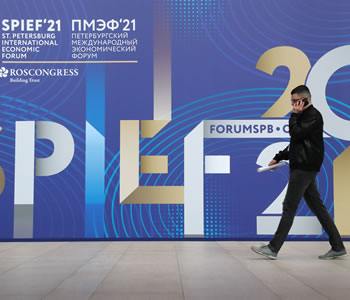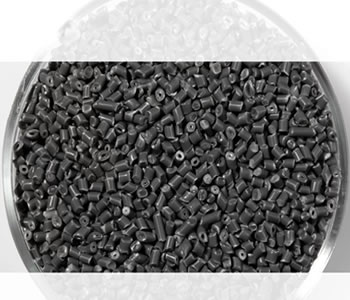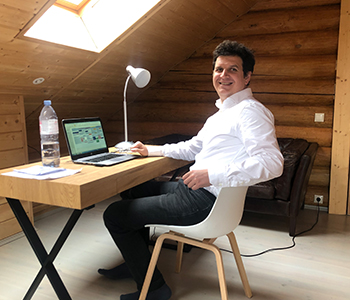The most important challenge for a modern business – the development of exports in the context of further crisis and instability in the global market – was discussed during the conference.
The discussion was attended by representatives of the Russian Export Center (REC) and banks willing to support exporters, as well as the heads of export departments at petrochemical companies.
Support and subsidies from the state
Russia’s exports have been expanding significantly in recent years, and the potential in this segment of the economy is huge. Unlike commodity supplies, non-commodity exports did not lose ground, even during national lockdowns and border closures. Russia’s non-energy exports increased by 4% in 2020, setting another all-time record. The pandemic has not only been a global challenge for businesses, but also an incentive for them to identify new areas of growth, including in foreign markets. The state is interested in the further expansion of exports and is offering additional support measures to manufacturers. Representatives of the Russian Export Center explained to webinar participants the specifics of government financial, non-financial and subsidy programmes available for exporters.
Thanks to the One Window platform, companies are able to interact not only with the Russian Export Center, but also with other export-related government agencies, including customs and tax authorities
Natalia Yakovleva, Director for Export Support in the Chemical Industry at the Russian Export Center, highlighted that the Russian Export Centre is actively working together with petrochemical companies. This is allowing businesses to feel more confident in international markets and develop their export potential. Product promotion in external markets is particularly important in times of crisis, as evidenced once again by the 2020 pandemic. The Russian Export Center offers a wide range of products and services that are helping companies to grow their exports and tap new markets.
Grigory Ladyshev, Director for the Moscow Region, brought listeners’ attention to the November 2020 launch of the Single Window digital platform, combining 6 public services and 22 business services for exporters. Thanks to the platform, companies are able to interact not only with the Russian Export Center, but also with other export-related government agencies, including customs and tax authorities. The platform provides analytics services and information about important events for exporters. Stage-specific support measures have been developed for each stage of an export project. During the foreign market analysis stage, businesses are offered a full set data covering export statistics and possible barriers absolutely free of charge. The service for finding a foreign partner has three different levels, depending on the export maturity of the company. Last year, sales from Russia on e-marketplaces increased by more than 70%. The Russian Export Center gives suggestions for the best platform to choose, helps you to decide on a service partner, to register and start to trade. Subject specialists at the center consult exporters on international certification and patenting, logistical arrangements and customs procedures.
According to statistics from the Russian Export Center, customers from China, Kazakhstan, Belarus, Turkey and the Netherlands were the most active buyers of products from Russia in 2020. For the first time in 20 years, non-commodity exports accounted for almost half of total volume of Russian exports.
User-friendly digital services have been developed for Russian exporters to facilitate logistical arrangements and customs procedures.
Daniil Kupreyev, Head of the State Export Support project, outlined subsidy support measures available for Russian exporters. The most sought after resource is the participation in exhibitions and business missions abroad, co-financed by the REC. Up to 80% of related expenses are covered for small and medium-sized businesses, and up to 50% of total expenses for large businesses, if the export center facilitates representation at the exhibition. This year, a new reimbursement model was launched: a company can independently participate in an exhibition, and then apply to the REC for partial reimbursement of expenses. Small and medium-sized businesses can be reimbursed up to RUB 700 thousand, and large businesses up to RUB 2 million.
Since 2018, SIBUR has increased the volume of its export supplies by five times; at the moment almost 60% of its sales are from exports
Two more support programmes were launched at the same time: Product Certification and R&D and Industrial Product Homologation. When certifying industrial products in foreign markets, manufacturers will be reimbursed for 80% of related expenses, while upon the development of new products or adapting them for foreign markets, the reimbursement will be 70%. The costs of patenting and registering intellectual property abroad, including trademark registration, are also partially reimbursed. Under this programme, companies can receive up to RUB 15 million. Reimbursement for the cost of transporting products is in high demand among exporters: up to 80% of expenses can be recovered, and from 2021, costs for all types of transport are reimbursed.
Financial and insurance products for exporters
The most important element of success in a foreign market is prompt financing of projects and spend effectiveness. The Russian Export Center Group includes two financial institutions: Eximbank of Russia and the Russian Agency for Export Credit and Investment Insurance (EXIAR), which is focused on export support. Roman Smagin, Deputy Chairman of the Management Board at Eximbank of Russia, presented financial and insurance products for exporters to webinar participants. The bank is willing to provide pre- and post-export financing and prioritises exporters of high-tech products. The list of such products is published in Order of the Ministry of Industry and Trade No. 3092. The exporter receives up to 80% of the contract value for a period of up to 5 years, with transaction insurance provided by EXIAR. Some of the numerous tools to support Russian exports include deferred payments for the buyer, receivables financing for exporters, export factoring, direct lending to foreign buyers or granting a loan to a bank serving the buyer. Financing is provided in different currencies, but at present, the conclusion of bank contracts in roubles is considered the most reliable option for exporters from Russia. EXIAR’s insurance products are intended for the exporters themselves and those who finance export projects: banks, financial institutions and investors.
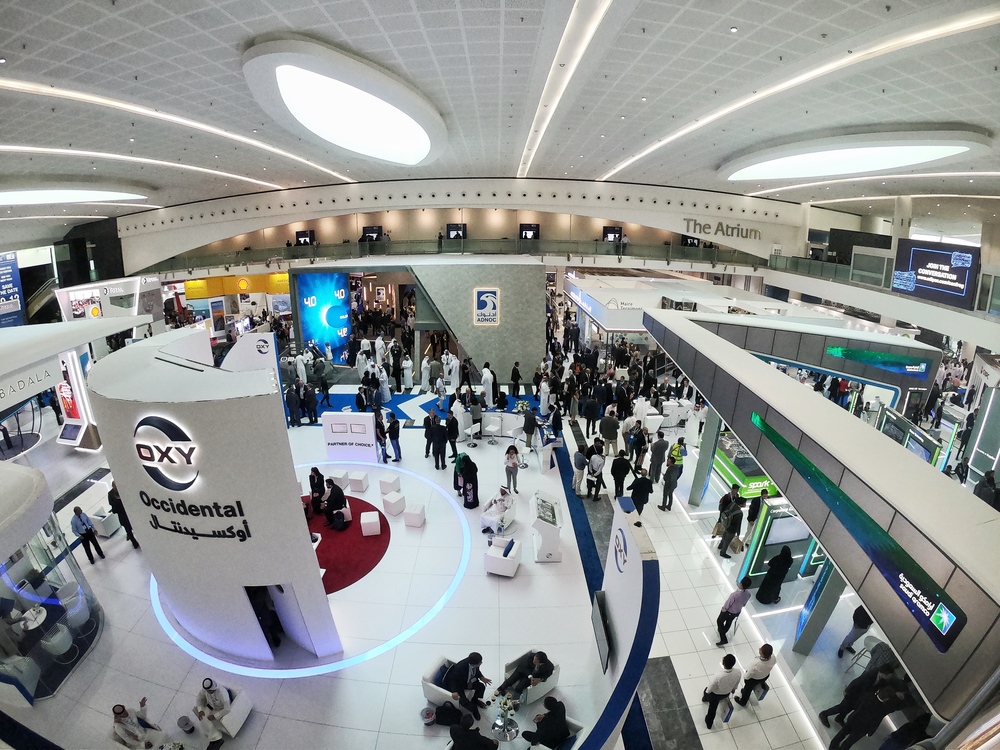
Support is provided for exporters to participate in exhibitions and business missions abroad.
Despite all the difficulties, Russian exporters are achieving success step by step. Experts agree that it was during the year of the pandemic that many companies took a fresh look at exports and opened up new markets for themselves
Tatiana Satyukova, Managing Director – Senior Banker at Sberbank’s Trade Finance and Correspondent Banking, continued the discussion on the variety of financial tools to support exports. A classic tool for a business is an international export letter of credit, which allows you to reduce exporter risks in settlements with buyers. Exporters also actively use international guarantees and standby letters of credit. Counterparties may ask the exporter to provide an advance payment guarantee, and from a bank that they trust. Various combinations of banking tools allow the Russian bank to interact with local banks abroad. Sberbank participates in the Ministry of Industry and Trade programme to support non-commodity, non-energy exports, through which borrowers get the opportunity to apply for a loan at a reduced, subsidised rate. The amount of finance available for a project is capped at RUB 30 billion. By providing preferential loans for export projects, the REC Group involves the recipient companies into its Corporate Competitiveness Improvement Programme. The bank is willing to lend to exporters and foreign buyers with EXIAR insurance coverage, and finance receivables and prepayments for commodities.
Challenges and outlook
The final part of the webinar consisted of market participants discussing the theme of Exports from Russia: Challenges and Outlook. Representatives of exporting companies shared their experience with colleagues on tapping foreign markets, gave advice to newcomers and assessed the impact of the pandemic on the development of exports. Roman Muzyka, Director of Sales at the Basic Polymers Division of SIBUR, pointed out that his company has 7 offices in Europe and 5 offices in Asia, and employees of the international team speak 16 languages between them. Since 2018, SIBUR has increased the volume of its export supplies by five times; at the moment almost 60% of its sales are from exports. The Company has established itself in the European, Turkish and Chinese markets, and is eyeing expansion elsewhere in Asia and Latin America over the long term. SIBUR is actively implementing its GTM 2025 strategy to tap new markets and new product segments.
The pandemic has increased demand for domestic petrochemical products. The share of chemical products in Russia’s non-commodity export mix was 16% in 2020. In terms of exports, the chemical industry ranks fourth after metals, mechanical engineering and agriculture.
SIBUR products gain traction with customers in export markets.
German Medvedev, Export Sales Director at Chempack Group, is convinced that the international B2B market is generally very conservative, and exports for Russian companies are always a leap from their comfort zone. They require not just rebuilding sales, but also redesigning most internal processes, including quality control and packaging. All the same, export contracts are in fact a serious incentive for business development. Asmik Mnatsakanian, Head of Export Sales at PolyER, which also ranks amongst some of the most successful exporters (the company has been exporting products for more than 10 years, to 28 countries): “Export is always interesting, but not easy and not fast. Difficulties include the high cost of logistics, fierce competition in the global market, long searches for counterparties, followed by counterparty checks, the need to adapt products to a specific market, as well as addressing customer stereotypes about Russia.” Kirill Skameykin, Export Sales Director at Tosol-Sintez, recalls that his team already had a very strong position in Russia and the CIS back in 2011, and it was precisely exports that provided the business with the opportunity to grow. At first, there were a lot of mistakes and unproductive negotiations, but over time “efforts became more fruitful.” Today, the company has more than 40 clients worldwide, and the share of export sales has exceeded 50% of total production volumes.
Despite all the difficulties, Russian exporters are achieving success step by step. Experts agree that it was during the year of the pandemic that many companies took a fresh look at exports and opened up new markets for themselves. The cost of supplies from China has increased, and Russia has gained an advantage with exports to Europe in terms of price, speed and availability. Many foreign businesses are ramping down chemical production, as they do not have enough raw materials. In Russia, there are no such problems, and our exporters are able to stay on track with all contracts.
Download PDF

